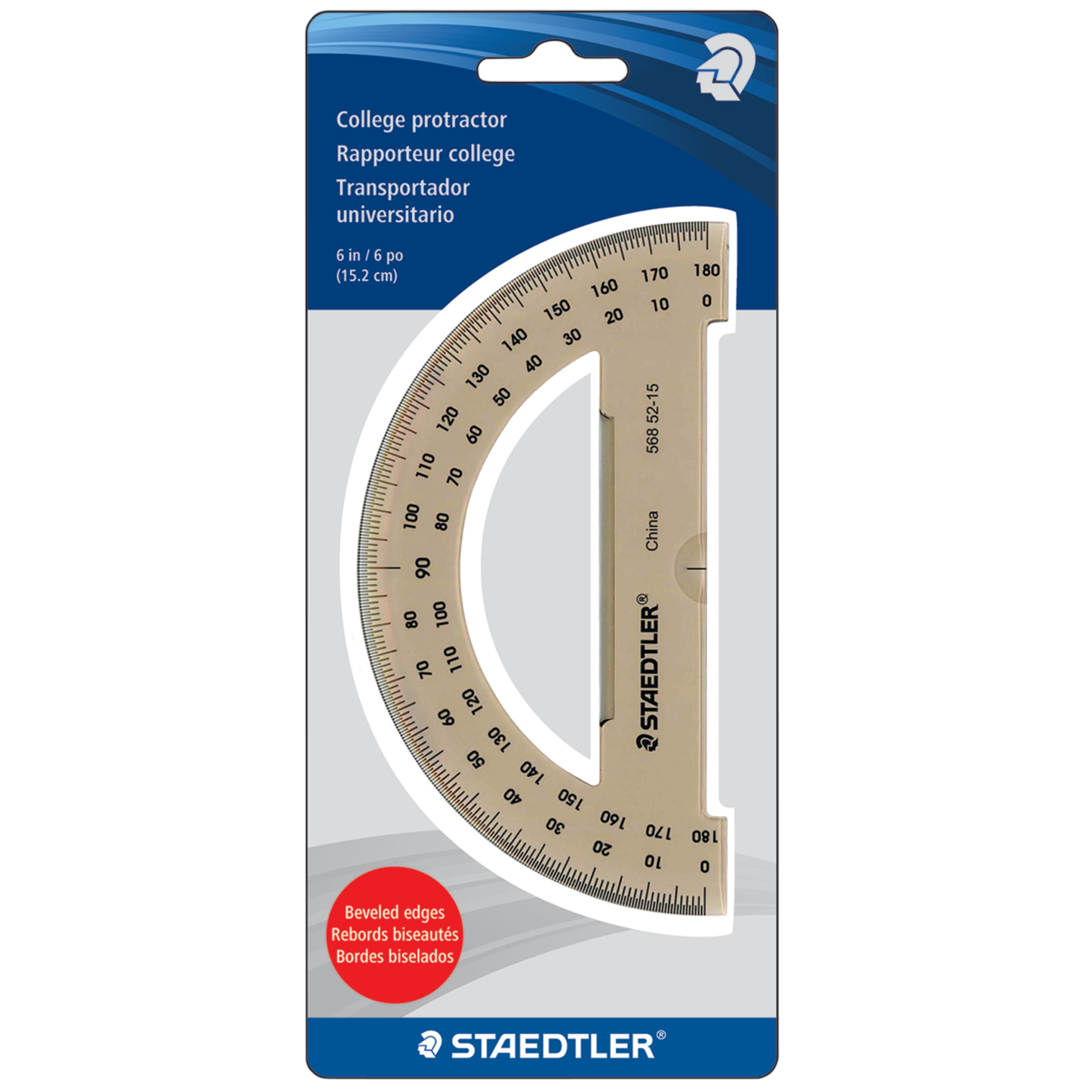

I’m constantly reminding my class that angles are all around us! Another challenge I set was to find how many different types of angles they could find in everyday life outside the classroom: corner joints on furniture, corners of rooms, foil-wrapped cheeses, or indeed, straight lines.Īt first, teaching angles proved to be difficult for some learners to access. This visual aid has supported learners in their protractor-measuring journey. We’ve also spent time examining our classroom and identifying how many right angles we can see. To assist my learners in their understanding of angles, I have printed out and displayed the names and characteristics of the different types of angles with corresponding pictures. Resources are always helpful for my class, especially if they are visual. What angle measuring resources can you use to teach angles? This was something they really enjoyed, and they were keen to start using their newly-found protractor skills. They also had the opportunity to measure angles on a straight line. The third lesson set my learners up for even more angle-measuring practice and gave them some slightly more accessible shapes to measure. My learners moaned but I repeated my instructions until eventually everyone was on task and engaged in making corrections in their workbooks themselves.įollowing that 20-minute recap, I felt the class could move on to the next lesson with greater confidence (as I had previously planned).
A PROTRACTOR HOW TO
In the next lesson, I wrote down the steps of how to measure the angles on my whiteboard: How to measure angles: a step-by-step guide I realised that to address this, I’d have to break down the steps of measuring angles and slow things down for learners struggling with this aspect of the topic. Children seemed to struggle to understand the difference between the ‘inside’ and ‘outside’ scales of the protractor and confused reflex and obtuse angles. The pace of the second lesson was fast, and it was clear that not all learners were making ‘expected progress’.ĭigging deeper, I could see that the practical skills needed to use a protractor to measure angles were causing confusion in my class. This stood them in good stead for Lesson 1: Knowing Types of Angles.īut my class hit a speedbump in Lesson 2: Measuring Angles which focused on measuring angles within a polygon. My Year 5 maths learners started the angles chapter with good prior knowledge of the names and specifications of angles. Why do learners struggle to measure angles using a protractor? If you’re tackling the angles lessons in Maths - No Problem! Textbook 5B, Chapter 9, or looking for general tips for teaching angles in Year 5, then keep reading.

But they’re trickier than they look and can be hard for your learners to get to grips with. Protractors may seem like innocuous semi-circles with some numbers marked around the outside. Finally, use the bottom edge of the protractor as a straight edge to draw a line between the two points.Are your Year 5 maths learners battling their protractors in their angles lessons? Here’s a handy guide to help them measure angles with confidence. Rotate the protractor and line the bottom edge up between the vertex and the small dot. Now, find the hash mark on the protractor that corresponds with the angle you want to draw, and draw a small dot outside of it. Then, line the bottom edge of the protractor up with the vertex and draw a straight line along it. Draw a small dot in the hole on the protractor to mark the vertex. To draw an angle with a protractor, first place the center point along the bottom edge of the protractor where you want the vertex of the angle to be. If the angle is facing left, use the top row of numbers. If the angle is facing to the right, use the bottom row of numbers on the protractor. Follow the other leg of the angle up to the protractor’s arc to see what number it intersects with and find the degree of the angle. Line up the bottom edge of the protractor with one leg of the angle. To measure angles with a protractor, first place the center point along the bottom edge of the protractor over the vertex of the angle you're measuring. You can use a protractor to measure and draw angles.


 0 kommentar(er)
0 kommentar(er)
